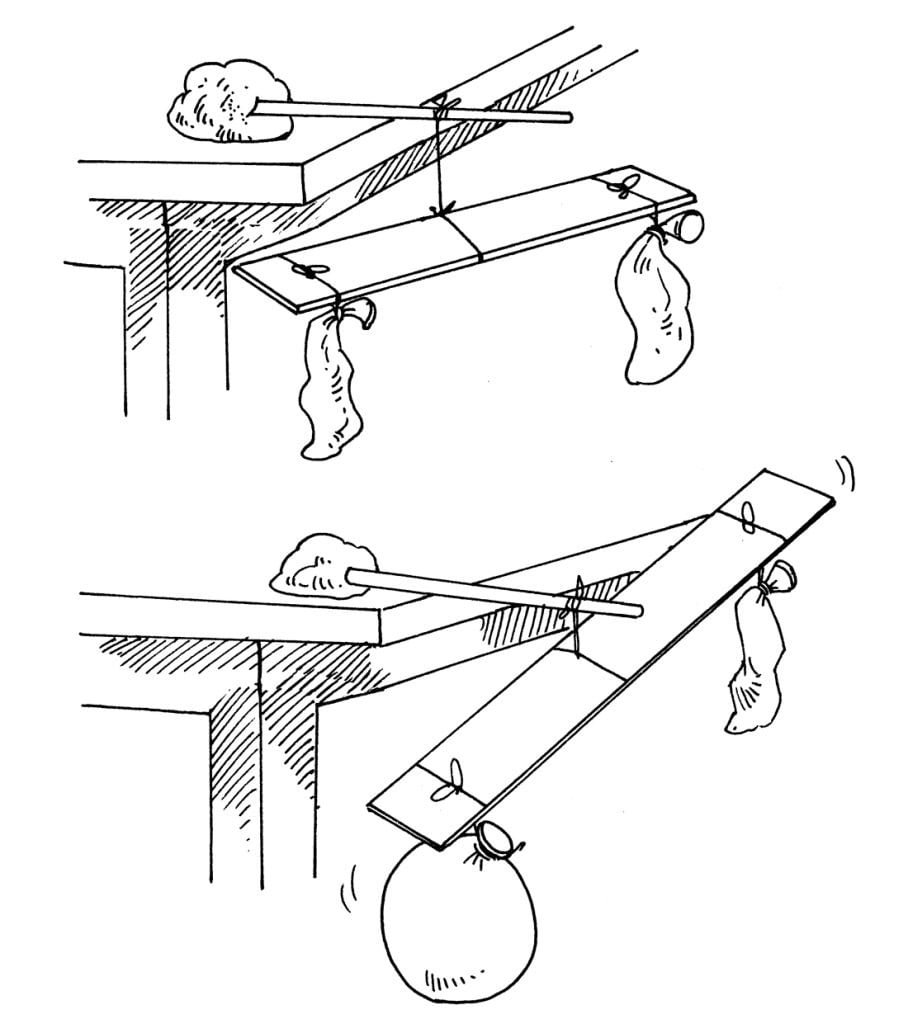
Is air weightless or does it have any weight? This is what we are going to find out by performing this experiment.
Things Required:
Modelling clay
Pencil
Yardstick (meter stick)
3 balloons, 9 inches (23 cm); the balloons must be the same size
String, 4 ft. (120 cm)
Scissors
Directions:
Use the clay to secure the end of the pencil to the edge of the table. Cut four 12 inches (30 cm) strings. Suspend the yardstick by tying one of the strings to the centre of the stick and looping the free ends around the pencil. Adjust the position of the string in order to balance the yardstick. Use the precut string to suspend two uninflated balloons an equal distance from the centre support string. Move the balloons back and forth until the yardstick and the balloons balance. Inflate a balloon and attach a precut string. Make a loop with the string ends. Remove one of the uninflated balloons and replace it with the inflated balloon.
This Is What Happens:
The uninflated balloons balance, but the air-filled balloon makes the yardstick unbalanced.
Science Behind It:
The yardstick balances when the downward pull is the same on both sides of the centre support string. Replacing the uninflated balloon with an air-filled balloon puts weight on one side of the stick. The weight of the air inside the balloon increases the downward pull on the stick, causing it to move down on that side.

